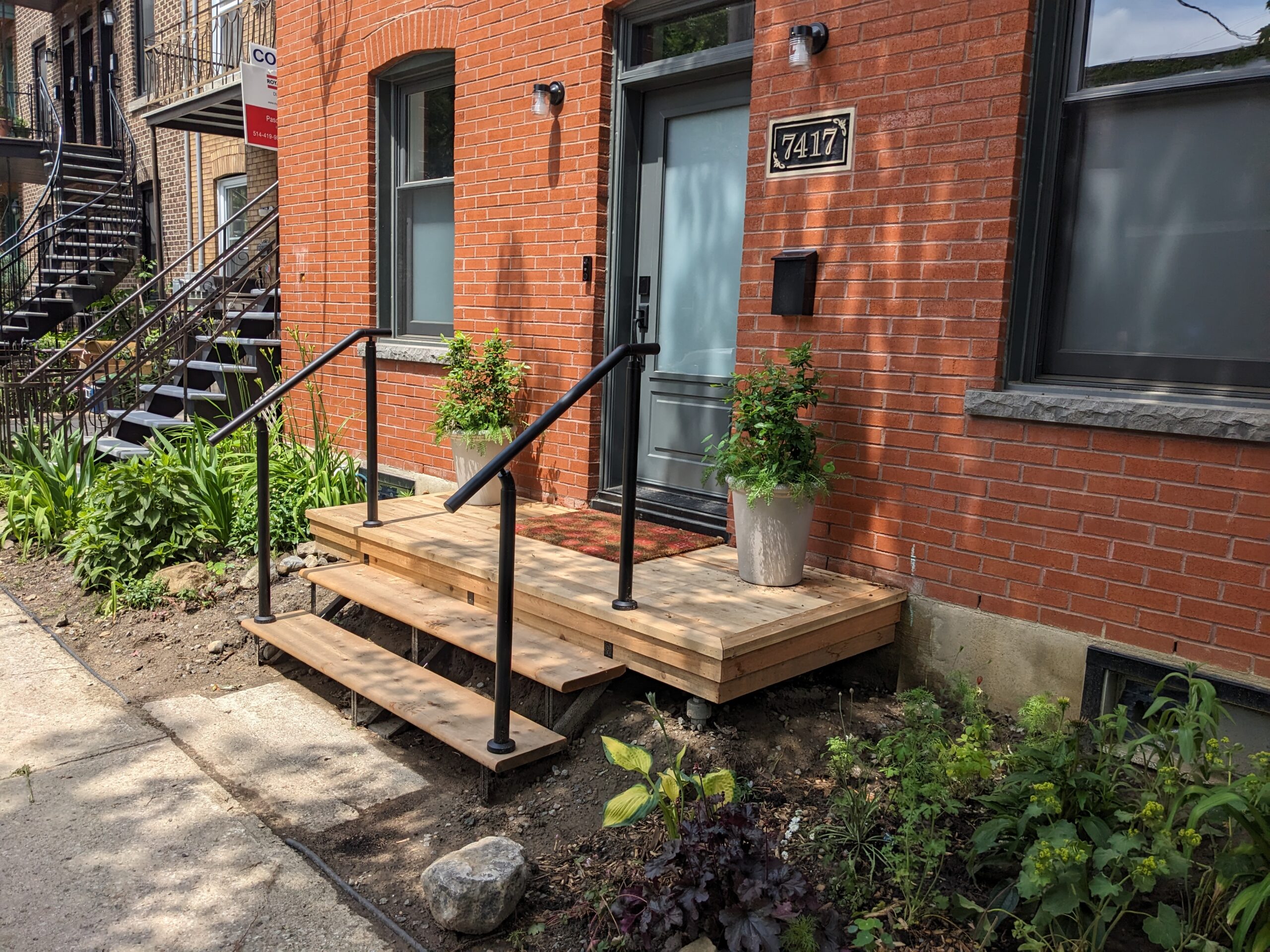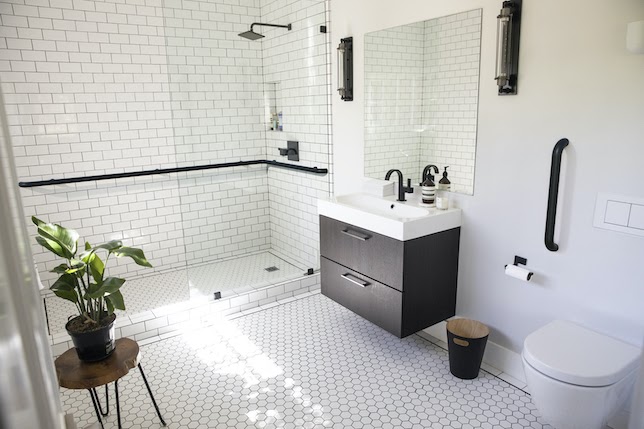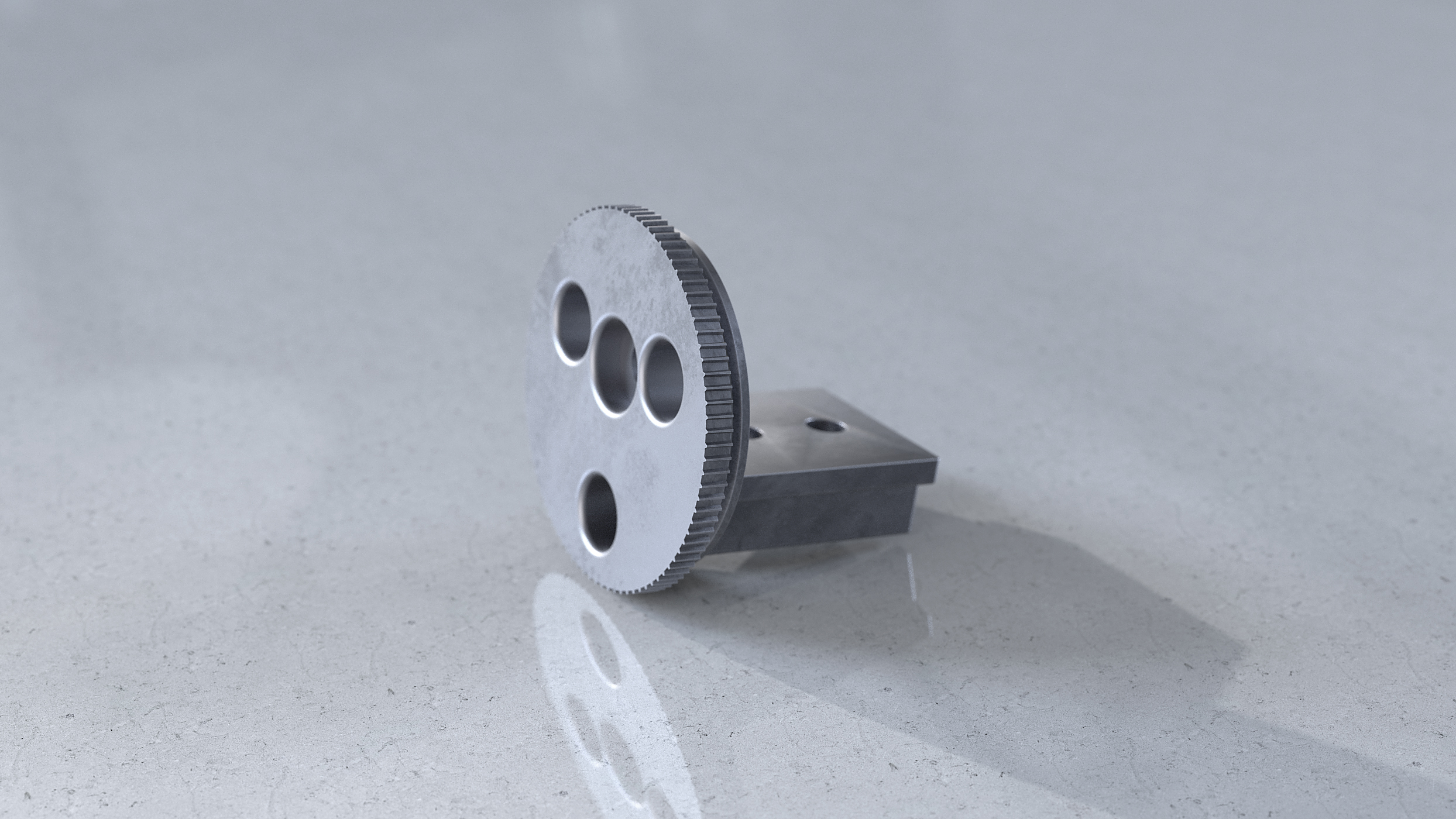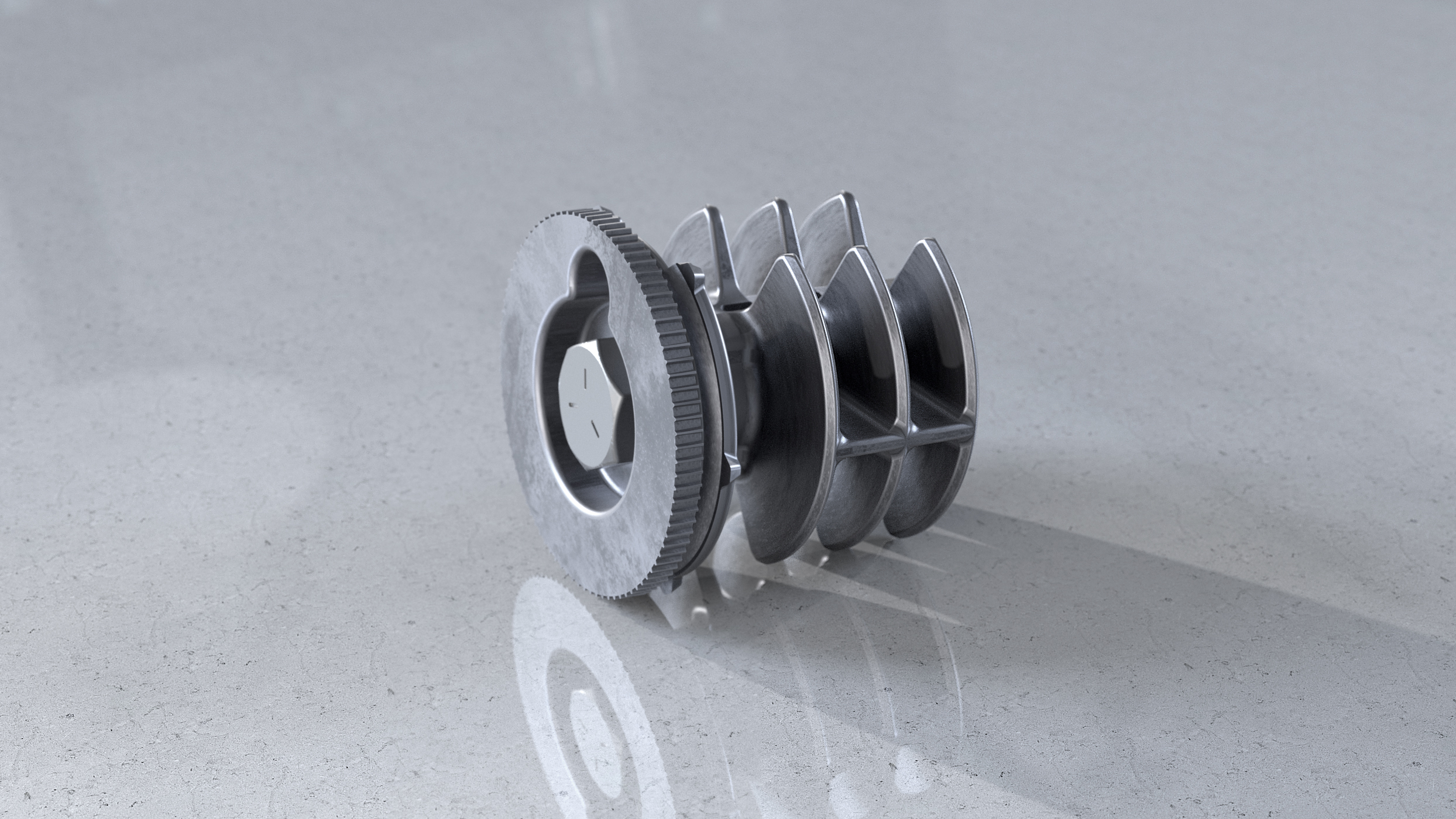Seniors, or older adults, are anyone 65 years of age and older. This demographic is especially prone to injuries from falls due to decreased stability and mobility as they age. Maximizing fall protection in the home is important for those that are aging in place or moving into a new home that needs to suit their needs.
Many believe that falls are an unavoidable aspect of aging, but that doesn’t have to be the case. Using some simple tactics, you can maximize fall prevention for seniors, keeping them safe and able to stay in their home longer.
The Importance of Fall Prevention Installations
Fall prevention installations can make a vast difference in protecting seniors from falls and fall-related injuries. Each year, about 36 million older adults fall, resulting in over 32,000 deaths.
The most common injuries that result from a fall are broken bones and head injuries with over 95% of hip fractures occurring as a result of a fall. Sustaining these types of injuries often leads to hospital stays, rehabilitation, and potential relocation into an assisted-living or nursing home.
Maximizing fall prevention at home for the elderly helps older adults stay in their homes longer, allowing them to live the most comfortable life possible. Fall prevention installations are an incredibly important part of keeping seniors safe.
8 Tactics for Maximizing Fall Prevention
Whether they are aging in place, choosing a new home, or moving in with a family member, these 8 tactics will help you maximize fall prevention at home.
1. Remove Clutter
Removing clutter from the home is the first step in elderly fall prevention — and for everyone else as well. Objects left on the floor, or items that protrude into a walking path pose a danger and increase the risk of falling.
Tidying up throughout the day and removing unnecessary objects and clutter is an easy and zero-cost way to increase fall prevention in older adults.
2. Avoid Steps Whenever Possible

Stairs are a dangerous place for those with mobility or stability issues. If possible, use ramps when changing elevations.
3. Stay Healthy and Active
This doesn’t mean that elderly adults need to run marathons or lift weights, but staying healthy and active reduces their risk of falling.
Eating a healthy, balanced diet that incorporates whole foods is a great step towards maintaining a healthy lifestyle. Staying active can mean going for a walk, taking Tai Chi, or doing some chair yoga to improve balance and strengthen leg muscles. Both of these healthy practices can help reduce the likelihood of a fall.

4. Install Good Lighting
Being able to see where a person is walking is crucial to preventing falls. Installing good lighting in all areas of the home is important as it will illuminate potential obstacles.
Good lighting is particularly helpful in hallways and on stairways where people are traveling from one place to another. The addition of handrail lighting is a great way to add extra visibility in these areas.
5. Remove Carpeting and Area Rugs
Though area rugs can be decorative and functional, they also pose a fall hazard as they can get bunched up, or corners can curl. When they don’t have a nonslip backing, they can also slip from their position, creating instability.
According to a study published by the Journal of Injury & Violence Research, the transition between a carpet/rug to a non-carpet/rug area is a place where falls frequently occur.
Removing carpeting, especially on stairs, removes the possibility of it bunching up and creating a trip hazard. On stairs, carpet can be replaced with rubber nosings on each stair tread to provide added grip.
6. Use an Assistive Device
An assistive device includes items such as a:
- Cane/walker/wheelchair to assist with mobility and stability.
- Medical alert device to call for help in the event that a fall does occur.
- Grabber tool to avoid bending and stretching in order to reach things on the floor or up high.
These devices can improve quality of life and help older adults maintain independence as they age.

7. Wear Rubber-Soled Shoes
Rubber-soled shoes are a simple swap that can greatly increase fall prevention. These shoes provide extra grip to help prevent slips on hardwood floors, in bathrooms, and going up and down stairs.
8. Install a Durable Handrail System
Where stairs are unavoidable, installing a durable handrail system substantially increases elderly fall prevention. A handrail system is safest when it adheres to the ADA standards for accessibility.

Features such as a circular profile, adequate clearance from the wall and along the handrail length, proper height, integrated lighting, and a durable material, all provide the support needed along stairways and ramps.
Maximize Fall Prevention with a Stylish and Easy-to-Install Handrail System
Promenaid’s handrails help to maximize fall prevention in the elderly while being both stylish and easy-to-install.
Our satin-anodized aluminum handrails mean that you don’t have to compromise beauty in the name of safety. While some handrails may look clinical and cold, our elegant design will fit with a home’s existing aesthetic.

Our Sprocketlock™ system allows the handrails to run continuously along the entire stairway, and return to the wall seamlessly, without the need for an unsightly flange. This easy-to-install system increases fall prevention for seniors, allowing them to age in the place they love.
To speak with an expert about maximizing fall prevention with a durable handrail solution, contact the experts at Promenaid today.








